How have precast metal farm buildings become the optimal choice for farmers?
At 5 o’clock in the morning, a farmer in Mato Grosso, Brazil, stands outside his newly built cowshed, watching workers skillfully tighten the last few bolts. This metal farm buildings, capable of holding 200 dairy cows, was completed in just 28 days from order placement. Three years ago, he spent five months working on a similarly sized wooden cowshed, during which time the rainy season almost delayed the arrival of calves.
Such stories are playing out on farms everywhere. While traditional farm buildings, due to their long construction time, weak disaster resistance, and high maintenance costs, have become a hidden burden for farmers, precast metal farm buildings are becoming the preferred choice for more and more people due to their advantages of speed, cost-effectiveness, stability, and flexibility. What pain points do they solve? Why are they considered the wise choice for farmers?
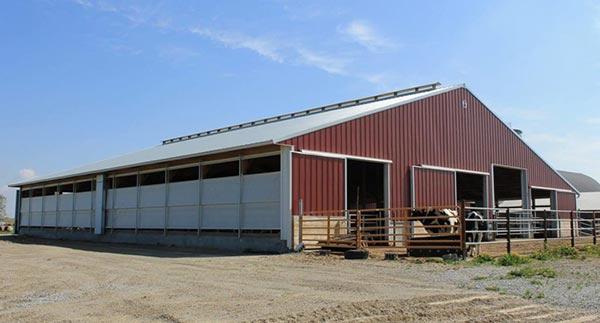
I. Daily Challenges for Farmers
Building a practical warehouse, barn, or greenhouse for farmers is never as simple as just erecting a house. Traditional buildings (such as brick-and-mortar or timber structures) often face three problems:
Time: From laying the foundation and building walls to topping out, it takes anywhere from three months to six months. Delays during planting or peak livestock seasons can directly impact the entire year’s harvest.
Cost: While the initial construction cost may seem low, the subsequent maintenance costs are high. Timber structures are susceptible to moisture and insect infestation, requiring repainting every 3-5 years. Brick-and-mortar structures require repairs for leaks and cracks; the accumulated expenses can make the total cost over 10 years exceed that of metal buildings.
Disaster Resistance: Extreme weather is a farmer’s nightmare. Tornadoes in the American Midwest can overturn corrugated steel roofs, typhoons in Southeast Asia can collapse makeshift sheds, and torrential rains in Southern Europe can soften and cause adobe walls to collapse. Traditional buildings often cannot withstand these conditions, and repairs are even more expensive.
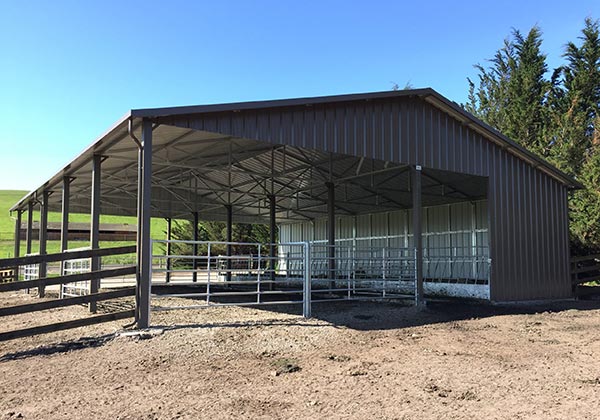
II. What Makes Precast Metal Farm Buildings a Game-Changer?
Prefabricated metal farm buildings, simply put, involve manufacturing parts in a factory and assembling the house on-site. All steel columns, beams, walls, and roofs are prefabricated in the factory according to design drawings and then transported to the farm for assembly, like building blocks. This model precisely solves three major problems inherent in traditional construction.
1. Speed: Construction Time Reduced by 70%
The time cost of traditional construction is a fatal flaw for farmers. For example, building a 2000㎡ storage shed with a brick-and-mortar structure requires at least three months for foundation excavation, wall construction, and roof pouring. With precast metal farm buildings, components are produced simultaneously in the factory. On-site work only requires foundation piling, steel column installation, beam assembly, and wall and roof covering, a skilled team can deliver within 45 days.
Lisa, a citrus grower in Queensland, Australia, understands this all too well: “Last year, I needed to build a 5,000㎡ sorting warehouse to be operational before the harvest season. Using a prefabricated metal structure, it only took five weeks from ordering to completion! With traditional construction, I might have had to postpone the harvest by a month, losing at least AU$200,000.”
2. Savings: Longer Cost Savings in the Long Run
Some people think metal farm buildings are expensive initially, but a long-term calculation shows how cost-effective they are:
- Material Savings: Steel can be mass-produced industrially, making its cost more stable than high-end timber or special bricks.
- Maintenance Savings: Metal surfaces are galvanized, powder-coated, or painted, making them rust-proof and corrosion-resistant. Salt spray tests can last over 5,000 hours, requiring virtually no major repairs for 10 years.
- Energy Savings: Metal walls with insulation or sandwich panels offer twice the insulation of ordinary brick walls, saving 30% on electricity bills for winter heating and summer cooling.
- Carlos, a rancher in the Argentine Pampas, did the math: “My metal cowshed was initially 15% more expensive than a wooden structure, but over 10 years of maintenance, I saved $80,000—it’s like getting half a cowshed for free!”
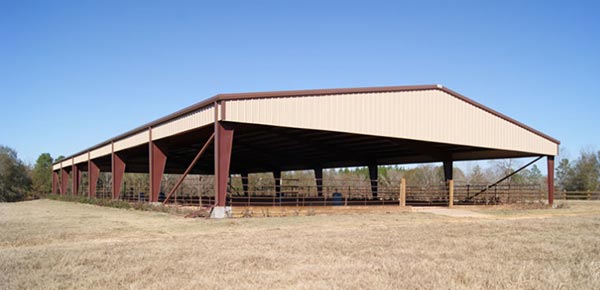
3. Stability: Disaster and Resilience
Agriculture is most vulnerable to natural disasters that destroy its facilities. The core strengths of prefabricated metal farm buildings lie in:
- Wind Resistance: The steel frame and bolted connections (not welded) provide strong overall rigidity. Metal buildings designed according to US IBC standards can withstand typhoons of 180 km/h (equivalent to Category 16), so farmers in South America and Southeast Asia no longer need to worry about their cowsheds being blown over.
- Compression Resistance: The load-bearing capacity of a metal roof is three times that of corrugated steel sheets, easily handling snow depths of 50 cm.
- Fire Resistance: Steel itself is non-combustible, combined with flame-retardant sandwich panels (such as rock wool and polyurethane), the fire resistance rating can reach Class A, preventing the spread of fire.
4. Flexibility: Adaptable to Farm Needs
A farmer’s business may change, today they might raise cattle, tomorrow they might switch to vegetables. A 1000㎡ warehouse built this year might need to be expanded to 2000㎡ next year. The advantage of precast metal farm buildings lies in their flexibility.
- Scalability: The steel frame has pre-reserved connection nodes, allowing for later additions and expansions simply by assembling new components, without the need for demolition and reconstruction.
- Modifference to Adaptability: Adding windows, ventilation openings, and even adjusting internal partitions is as simple as disassembling Lego bricks.
- Multifunctionality: The same steel frame can be transformed into a greenhouse or a farm machinery room by changing the enclosure materials (color steel plates, glass, polycarbonate panels).
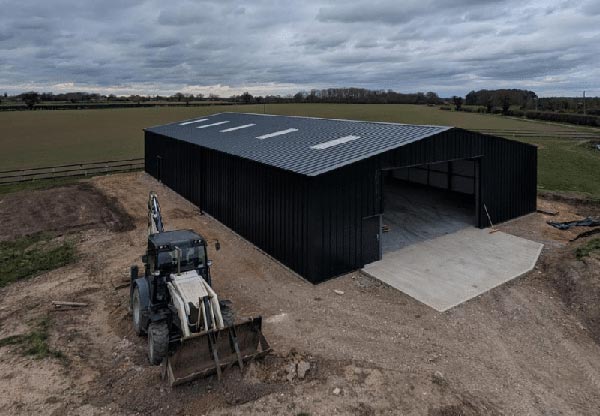
III. Real Choices for Farmers
In Canada, 80% of newly built dairy sheds use prefabricated metal structures because they can withstand temperatures as low as -40°C and blizzards.
In Kenya, small farmers have replaced mud sheds with low-cost metal chicken coops, reducing mortality rates from 30% to 5%.
In New Zealand, vineyards use metal greenhouses with shading systems to precisely control temperature and humidity, resulting in a 2-degree increase in grape sweetness.

Conclusion
For farmers, buildings are not just containers for shelter from the wind and rain, but also guarantees of production efficiency and resilience against risks. Prefabricated metal farm buildings, with their four major advantages of speed, cost-effectiveness, stability, and flexibility, transform greenhouse construction from a troublesome affair into a worry-free one. It may not be the cheapest option, but it is certainly the most cost-effective investment.
After all, for farmers who rely on the weather, time waits for no one, and risks are unbearable. The metal farm building that is quick to build, durable, and easily disassembled is like an invisible insurance policy for the farm.
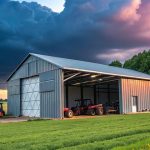
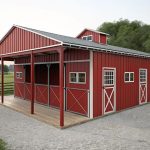
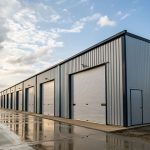
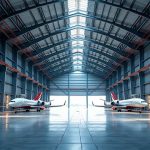
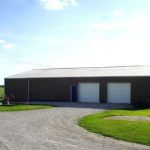
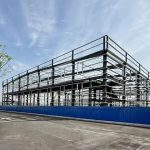
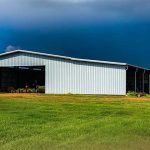
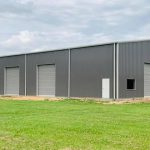
Send us the inquiry form